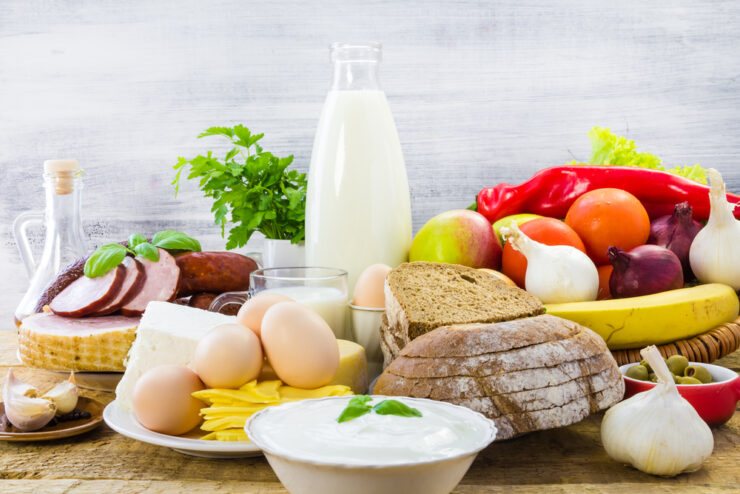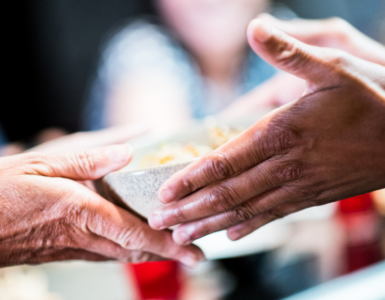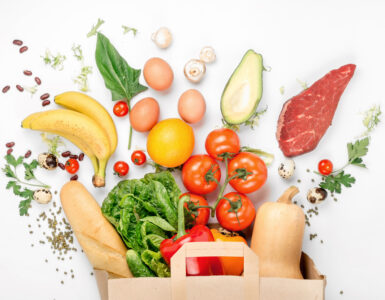Supplemental Nutrition Assistance Program (SNAP)
You may have heard of it as food stamps before, but this program now goes by the name of SNAP.
Families in need can use monthly SNAP benefits loaded onto an EBT card to buy healthy food as they move towards being self-sufficient.
Special Supplemental Nutrition Assistance Program for Women, Infants, and Children (WIC)
Low-income women who are pregnant, breastfeeding, or have children up to age five can use WIC to fill their and their babies’ nutritional needs.
WIC Farmers’ Market Nutrition Program (FMNP)
This offshoot of the WIC program offers coupons that can be used at roadside stands or farmers’ markets to buy fresh produce.
Senior Farmers’ Market Nutrition Program (SFMNP)
Low-income seniors can use this USDA program to access fruits, vegetables, herbs, and honey grown locally.
Commodity Supplemental Food Program (CSFP)
If you’re over 60 and fall into the low-income category, the CSFP can offer nutritious foods at no cost.
Child and Adult Care Food Program (CACFP)
Children and adults who attend child daycare centers, adult daycare centers, or daycare homes can use this program to get reimbursed for nutritious snacks and meals. It also helps feed children in emergency shelters or after-school care programs, plus adults over 60 who have a disability and are enrolled in daycare.
National School Lunch Program (NSLP)
It can be impossible for a child to learn and progress through school on an empty stomach. The NSLP combats this issue by providing free or low-cost lunches to children at school that are nutritious and well-balanced. The program has helped keep schoolkids fed since 1946.
School Breakfast Program (SBP)
According to many, breakfast is the most important meal of the day. Without it, children can have trouble focusing in a classroom setting.
Thanks to the SBP, children from low-income families can get the AM nutrition they need so they can function throughout the day.
Special Milk Program (SMP)
Milk has calcium to build strong bones and protein to help children grow stronger. The SMP offers milk to children who do not receive other federal meal service benefits.
Summer Food Service Program (SFSP)
The federal government funds this program, while states administer it. Through the SFSP, children and teens in low-income communities can receive free snacks and healthy meals.
Fresh Fruit and Vegetable Program (FFVP)
Fruits and vegetables are vital to ensuring children get the nutrients they need while also combating obesity. The FFVP gives children a chance to consume fruits and vegetables at an early age if they do not get to do so in their own homes.
Food Distribution Program on Indian Reservations (FDPIR)
People in Native American households or those who live on Indian reservations can get USDA foods via the FDPIR.
Food Help for Disaster Relief
When disaster strikes in the form of a hurricane or some other emergency, the Food and Nutrition Service (FNS) works with organizations at the local, state, and voluntary levels to provide food assistance. They achieve this goal by distributing food packages to households in need or offering food to shelters and alternative mass feeding sites.
When needed, this program also issues special Disaster Supplemental Nutrition Assistance Program (D-SNAP) benefits.
The Emergency Food Assistance Program (TEFAP)
If you’re looking for emergency food assistance for free, this is the program to turn to. TEFAP has been essential in supplementing low-income households’ diets when times get tough, and they no longer have food in their kitchens.




